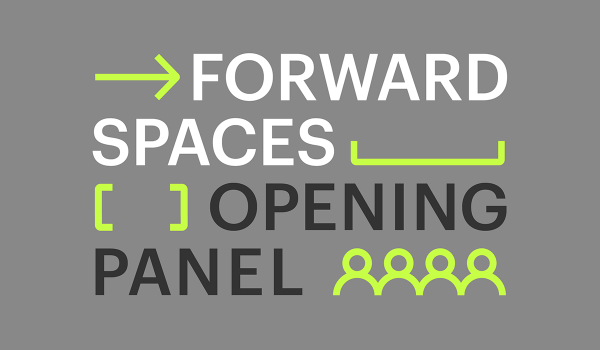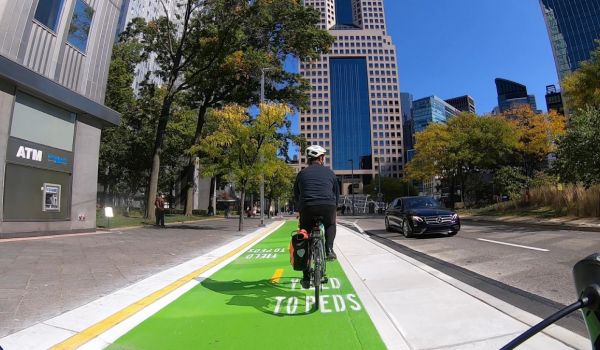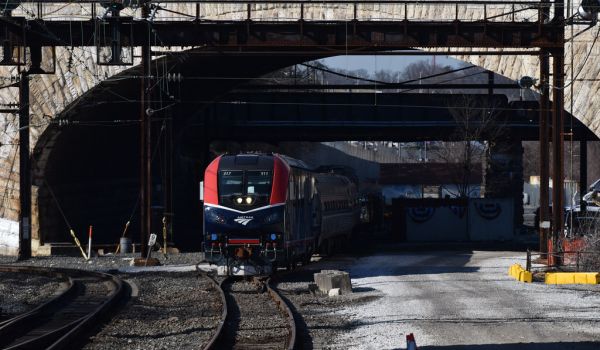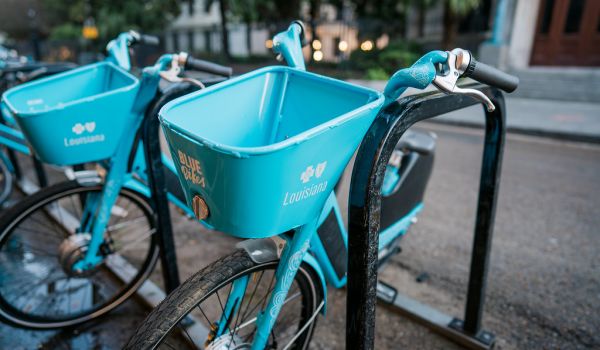This summer and fall, New Orleans planners and officials are debating whether or not to remove the Claiborne Avenue Expressway, a stretch of elevated highway that runs though the Treme neighborhood. Grassroutes’ Yonah Freemark writes about the potential transformations that could take place in New Orleans should the road be dismantled; in the print magazine, Zachary Youngerman looks at the complex politics and history behind the decision.
New Orleans Could be Up for Radical Change with the Removal of a Highway
by Yonah Freemark
No matter what, New Orleans will have to do something about its Claiborne Avenue Expressway in the coming decade, because after more than 40 years of service, it has seen better days and needs renovation.
On the one hand, the city could choose to rebuild its aging structure at a likely cost of tens of millions of dollars. On the other, it could demolish a 2.2-mile stretch of the road, replacing it with a planted boulevard. The choice could make a big difference in the way residents of the city choose to get around in the future.
If it made the latter choice—increasingly a possibility if you take one step further than Mayor Mitch Landrieu does in some recent statements—New Orleans could join the growing list of American cities that have decided to eliminate an urban freeway, once and for all.
To read the full text of this article, click here.
The State of the Interstate
by Zachary Youngerman
In the 1960s, New Orleans preservationists successfully stopped an interstate from running in front of the French Quarter’s Jackson Square. But a second leg of highway was completed in 1968 above Claiborne Avenue, a thriving, oak-lined business corridor in Treme, a neighborhood founded by “free people of color” and the heart of Creole New Orleans. “It never should’ve been built,” says Vaughn Fauria, president of a business assistance center in Treme. “Claiborne Avenue was a beautiful and very active commerce area and the interstate destroyed it.”
To read the full text, click here.
To subscribe to Next American City and gain full access to Issue 28, click here.















